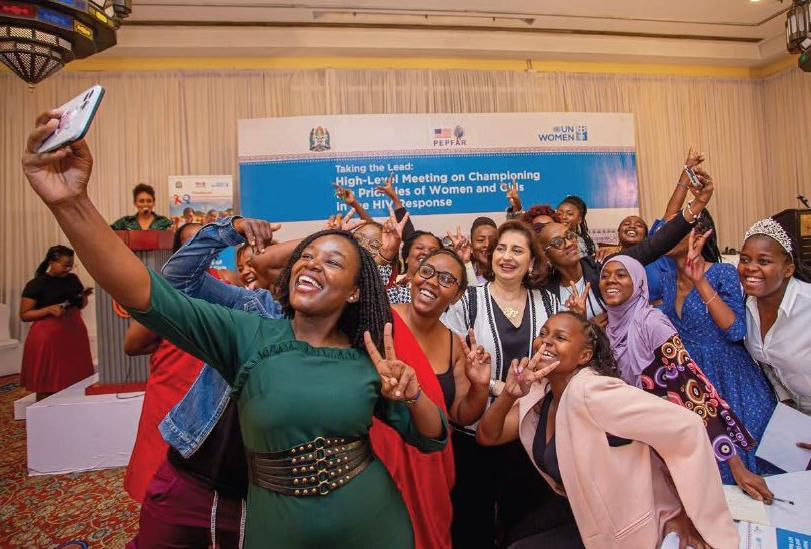The United Nations International Children’s Emergency Fund (UNICEF) has expressed concern over the disproportionately high rate of HIV infections among young women and girls, highlighting significant gaps in prevention and treatment access. In its latest report ahead of World AIDS Day, the UN agency revealed that 96,000 girls and 41,000 boys aged 15-19 contracted HIV in 2023, with girls accounting for 70% of new infections in this age group.
In sub-Saharan Africa, the disparity is even starker, with girls representing nine out of ten new HIV cases among adolescents.

“Children and adolescents are not fully reaping the benefits of scaled up access to treatment and prevention services,” said UNICEF’s associate director for HIV/AIDS, Anurita Bains. She called for prioritising children and adolescents in HIV response efforts, including innovative testing technologies and equitable treatment access.
While 77% of adults living with HIV have access to antiretroviral therapy, the rate drops to 57% for children under 14 and 65% for adolescents aged 15-19. Children under 14 accounted for only 3% of global HIV cases but represented 12% of AIDS-related deaths last year, with 76,000 fatalities recorded.
Globally, 1.3 million new HIV infections occurred in 2023—more than three times the target rate needed to achieve the UN’s goal of ending AIDS as a public health threat by 2030. Despite advancements in antiretroviral treatments, around 9.3 million of the nearly 40 million people living with HIV remain untreated.


